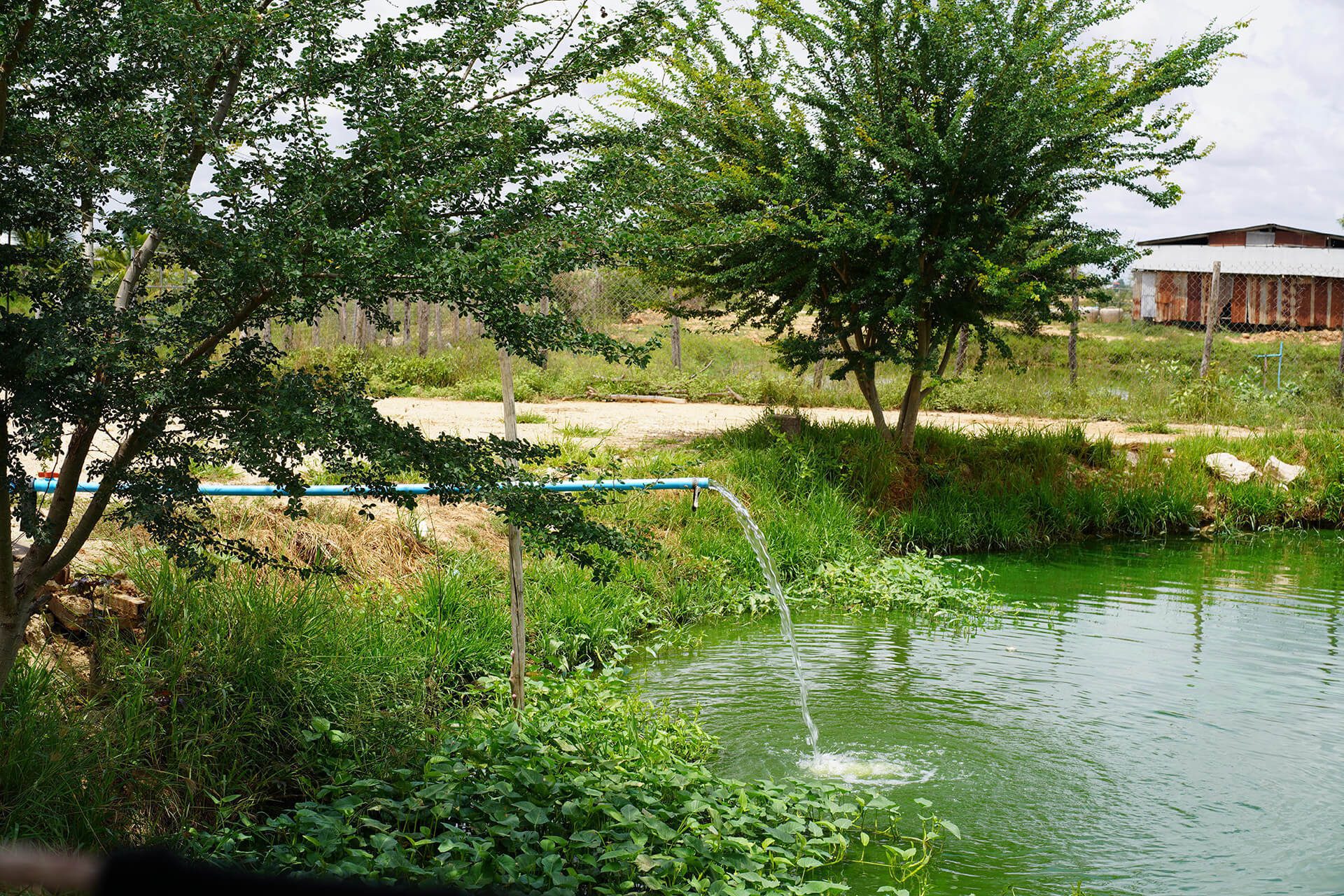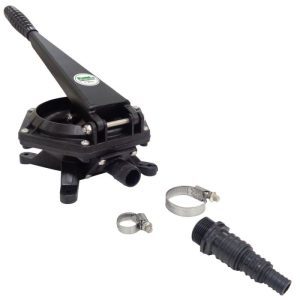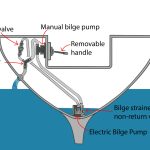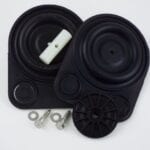In the world of gardening, one essential tool that often goes overlooked is the manual garden pump. This unassuming device plays a crucial role in ensuring your garden thrives and flourishes. Whether you’re a seasoned gardener or a novice, selecting the right manual garden pump can make a world of difference in the efficiency of your gardening tasks.
A manual garden pump, also known as a hand pump or hand-operated water pump, is a simple device designed to move water from one place to another using human power. It typically consists of a pump mechanism, a handle, and a pipe or hose for water delivery. These pumps do not require electricity or fuel to operate, making them suitable for areas with limited access to modern utilities.
Manual garden pumps are simple to operate, but they do require physical effort to pump water. The user typically moves a handle up and down to create suction, which draws water into the pump and then pushes it through the delivery hose or pipe. These pumps are reliable, cost-effective, and environmentally friendly since they don’t rely on electricity or fuel. However, they may not be suitable for high-volume water needs and are best for smaller-scale applications.
In this comprehensive guide, we will delve into the key deciding factors when choosing a manual garden pump, providing you with valuable insights to help you make an informed decision.
Common Applications of Manual Garden Pumps
Manual garden pumps are commonly used for various purposes in gardening, agriculture, and outdoor water supply situations, including:
- Watering Gardens: Manual pumps are used to draw water from wells, ponds, or rainwater harvesting tanks to irrigate gardens, flowerbeds, and vegetable patches.
- Livestock Watering: In rural areas or on farms, these pumps are often employed to provide water to livestock in remote locations.
- Emergency Water Supply: Manual pumps can serve as a backup water source during power outages or when other water sources are unavailable.
- Watering Plants in Greenhouses: Gardeners use manual pumps in greenhouses to provide precise and controlled water distribution.
- Filling Water Barrels or Containers: They are handy for filling containers, barrels, or buckets with water for various uses around the property.
- Fountain or Pond Maintenance: Manual pumps are used to clean or circulate water in decorative fountains or small ponds.
- Aquarium/Pond Water Changes: Some hobbyists use manual pumps to remove or replace water in aquariums.
- Wildfire Prevention: In some regions prone to wildfires, manual pumps are used to maintain a water source for firefighting purposes.
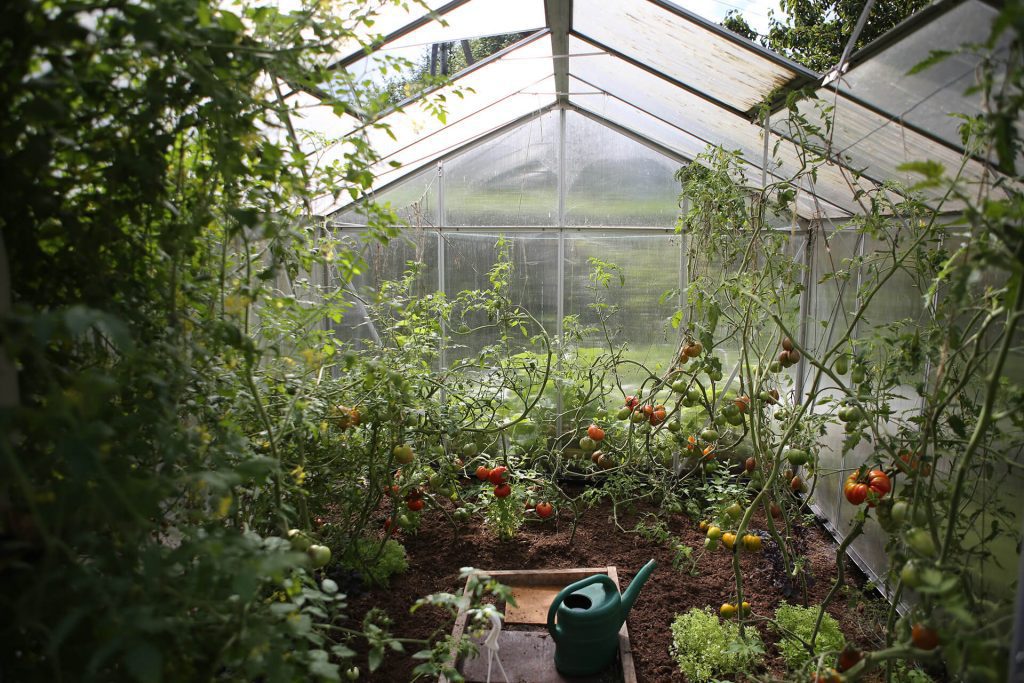
Pump Type: Centrifugal vs. Diaphragm
Centrifugal Pumps
Centrifugal pumps are widely used in gardening due to their versatility and efficiency. These pumps operate by using an impeller to draw water in and then expel it outward, creating pressure. They are excellent for transferring water over short distances and are suitable for tasks such as watering your garden beds or filling a small pond.
Diaphragm Pumps
Diaphragm pumps, on the other hand, offer more precision and control. They use a flexible diaphragm to create a pumping action, making them ideal for applications where consistent pressure is required. If you need to spray pesticides or fertilizers in your garden with precision, a diaphragm pump may be the better choice.
Pump Material: Plastic vs. Metal
Plastic Pumps
Plastic manual garden pumps are lightweight and affordable. They are corrosion-resistant and suitable for use with water-based solutions. These pumps are easy to handle and ideal for small-scale gardening tasks.
Metal Pumps
Metal manual garden pumps, typically made of stainless steel or aluminum, are known for their durability and longevity. They can withstand exposure to harsh weather conditions and are suitable for use with a wider range of chemicals and liquids. While they may come at a higher cost, their reliability makes them a worthwhile investment for serious gardeners.

Pump Capacity: Flow Rate and Pressure
Determining the right pump capacity for your needs is important. In the context of manual fluid pumps for home garden use, several important terms are relevant to understand:
Head
The term “head” in pump technology refers to the vertical distance that a pump can effectively lift water or fluid from its source to the point of discharge. It’s essentially the height that the pump can push water against gravity. In a garden pump, the head measurement is crucial because it determines the maximum height the pump can lift water to. For example, if a pump has a maximum head of 15 feet, it can lift water from a source, such as a well or a pond, up to 15 feet vertically.
Lift
“Lift” is a related term and is often used interchangeably with “head.” It specifically refers to the vertical distance from the water source to the pump’s intake point. In other words, it’s the height the pump needs to raise water to reach the pump itself.
Flow Rate
Flow rate, also known as “discharge rate” or “capacity,” indicates how much water a pump can move in a specific amount of time. It is typically measured in gallons per minute (GPM) or liters per minute (LPM). Flow rate is an essential consideration for garden pumps as it determines how quickly water can be delivered to your garden or other areas. The flow rate you need depends on your specific watering or irrigation requirements.
Pressure
Pressure is the force that the pump generates to push water through the delivery hose or pipe. In garden pump terms, it’s often measured in pounds per square inch (PSI). Higher pressure is needed for applications like sprinklers or high-pressure nozzles, while lower pressure may be suitable for more gentle watering needs.
Suction Lift
This term refers to the maximum vertical distance a pump can draw water up from a water source to the pump’s intake without the need for additional priming or assistance. Suction lift is particularly important when using a pump to draw water from a well or a deep source.
Portability and Ease of Use
Gardening often involves moving from one area to another. Therefore, the portability and ease of use of your manual garden pump are vital considerations. Look for a pump that features ergonomic handles and a lightweight design, making it convenient to transport and maneuver around your garden.
Pumps such as Patay SD60 Garden Hose Hand Pump are compact and lightweight at under 1kg, making it the perfect pump for easy use and transport.
Maintenance and Longevity
Investing in a manual garden pump is not just a one-time purchase; it’s a long-term commitment to your gardening endeavors. Consider the ease of maintenance and the availability of replacement parts when making your decision. Regular maintenance ensures your pump remains in optimal condition, serving you well for years to come.
All Pump International pumps internal components are replaceable and readily available meaning you don’t have to replace the whole pump.
Price and Warranty
While price should not be the sole determining factor, it’s still an important consideration. Compare the features and capabilities of different manual garden pumps in relation to their price. Additionally, check for warranties that offer peace of mind in case of any unforeseen issues.
Conclusion
Selecting the right manual garden pump is a crucial decision for any gardener. Whether you prioritize efficiency, precision, durability, or affordability, understanding the key deciding factors discussed in this guide will help you make an informed choice.
Remember that the type of manual garden pump you choose should align with your specific gardening needs. Centrifugal pumps are versatile, while diaphragm pumps offer precision. Plastic pumps are cost-effective, while metal pumps are built to last. Consider factors such as pump capacity, portability, maintenance, price, and warranty to make the best decision for your gardening endeavors.
By taking these factors into account, you’ll be well on your way to selecting the perfect manual garden pump that will enhance your gardening experience and help your garden thrive. Happy gardening!
Manual Garden Pump FAQs
How does a manual garden pump work?
Manual garden pumps operate through manual hand-pumping action. Users move a handle up and down to create suction, which draws water from a source and pushes it through a delivery hose or pipe.
What is the maximum lift or head for a garden hand pump?
The maximum lift or head for a garden hand pump varies depending on the pump’s design and manufacturer. It is crucial to check the pump’s specifications to determine its maximum lifting capacity.
What is the flow rate of a typical manual garden pump?
The flow rate of a manual garden pump varies widely depending on the model and size. Flow rates can range from a few gallons per minute (GPM) to several GPM. Check the product specifications to find the flow rate of a specific pump.
How do I prime a manual garden pump?
Priming a manual garden pump involves filling the pump and suction pipe with water to create the necessary suction for the pump to function effectively. The priming process varies by pump model and should be outlined in the pump’s user manual.
What are the best applications for manual garden pumps?
Manual garden pumps are suitable for various applications, including watering gardens, filling containers, supplying water to livestock, and maintaining decorative fountains or ponds. They are particularly useful in areas with limited access to electricity or during power outages.

